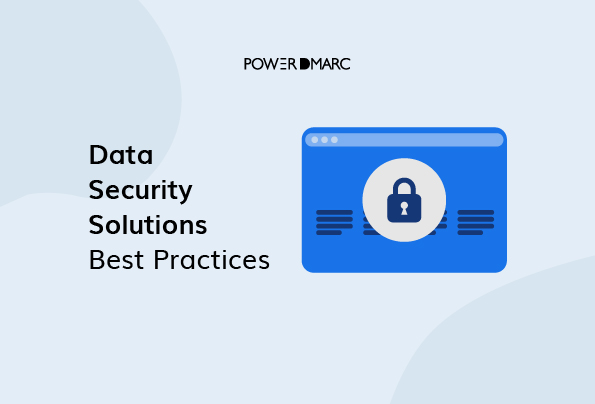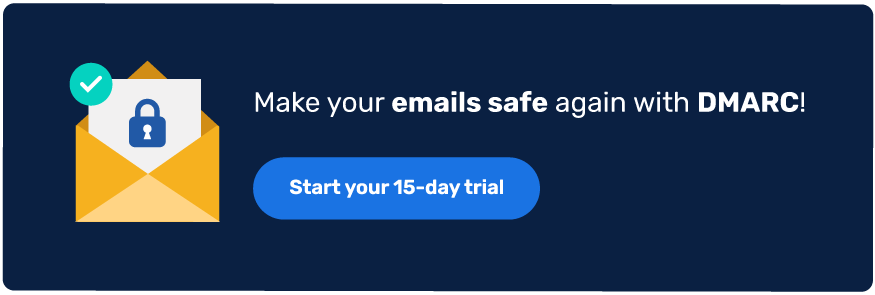Data security management is a top priority for organizations of all sizes. In addition to being a major concern for businesses, security for data is also a challenge due to the sheer volume of data that needs to be protected. Following data security best practices can help you protect your company’s sensitive information. They stop it from being compromised by cyber attacks.
Key Takeaways
- Data security management is essential for protecting sensitive information from unauthorized access and potential threats.
- The CIA triad—confidentiality, integrity, and availability—forms the core principles of effective data protection.
- Implementing strong data security measures can significantly reduce the risks of data breaches and maintain customer trust.
- Emerging trends like Zero Trust architecture and Multi-Factor Authentication are vital for enhancing organizational data protection.
- Regular data backups and penetration testing are crucial components of a robust data security management strategy.
What Is Data Security?
Data security is the practice of safeguarding digital data. It protects it from unauthorized access and potential threats. This protection ensures confidentiality, integrity, and availability.
Data protection can be achieved by securing it at different levels, including physical and logical security data. Without precautions, a data breach may occur. Sensitive data, company files, and financial information are stolen or accidentally released.
Simplify Security with PowerDMARC!
Core Data Security Principles and Controls – The CIA Triad
Confidentiality, integrity, and availability form the CIA triad. It is the key to strong data protection.
Confidentiality
Confidentiality ensures that private data is only accessible to authorized people or entities.
This principle involves using strong encryption, access controls, and authentication. They stop unauthorized access, disclosure, or leakage of confidential information. They protect it from cyber threats and unauthorized users.
Integrity
Integrity ensures data remains accurate, trustworthy, and unaltered throughout its lifecycle.
Organizations can detect and prevent unauthorized modifications or tampering by implementing data validation, checksums, and data integrity checks, ensuring that data remains reliable and consistent and maintaining its quality and credibility.
Availability
Availability ensures that data and information are accessible and usable when needed.
This principle involves implementing redundancy, backup strategies, and disaster recovery plans. This prevents data loss from system failures, disasters, and cyberattacks. It ensures constant access to critical resources.
The Importance of Data Security Solutions
Data security protects sensitive information. It maintains privacy and follows regulations. It builds trust and a good reputation. It also ensures business continuity. Robust data security measures can cut the risks of data breaches and unauthorized access. They create a secure and tough environment for data handling and storage.
Securing your data is crucial for:
- Protecting Confidential Information
Security is vital. It protects sensitive and secret data. This includes personal records, financial data, and ideas. It stops unauthorized access or disclosure.
In 2022, Forrester Research reported that 58% of sensitive data security incidents are caused by insider threats.
Strong data security measures help reduce the risk of data breaches. Breaches can cause financial losses, reputational damage, and legal liabilities.
- Ensuring Customer Trust
Maintaining robust data security instills confidence in customers. It assures them that their personal info is handled responsibly. It also reduces the risk of identity theft or fraud.
- Compliance With Regulations
Data security is crucial for complying with data protection regulations and industry standards. These include GDPR, HIPAA, and PCI DSS. They mandate organizations to protect sensitive data and privacy.
- Safeguarding Business Continuity
Securing data and information systems ensures business continuity. It prevents data loss from cyberattacks, hardware failures, or disasters. This enables organizations to recover and resume operations swiftly.
Emerging Data Security Solution Trends
Here are some of the top data security trends:
Zero Trust Architecture
Zero Trust is a data security trend. It is about never trusting any user, device, or app by default. This is true regardless of where they are in the organization’s network perimeter.
This approach helps protect against insider threats, lateral movement, and advanced cyberattacks. It is a leading trend in modern data security.
Multi-Factor Authentication (MFA)
More and more, people are using Multi-Factor Authentication. It is a data security trend to strengthen access controls.
Adding more authentication layers makes it harder for unauthorized users to compromise accounts. This enhances data security and user identity protection.
Artificial Intelligence and Machine Learning in Data Security
AI and ML revolutionize data security. They do this by enabling real-time threat detection and response.
AI-driven security solutions automate threat hunting and incident response. They improve the efficiency and effectiveness of data security.
Related Read: Cybersecurity and Machine Learning
Data Security Best Practices
When it comes to data security solutions, there are several best practices you can put into place to help ensure that your business is protected.
Here are some of our top tips for better data security management:
1. Implementing DMARC, SPF, and DKIM for Robust Email Data Security
To improve email data security and protect against phishing, spoofing, and unauthorized access, organizations should use key practices. These include DMARC, SPF, and DKIM. DMARC stands for Domain-based Message Authentication, Reporting, and Conformance. SPF stands for Sender Policy Framework, and DKIM stands for DomainKeys Identified Mail.
- DMARC lets organizations set email authentication policies. It also helps them see email activity. This fortifies their email controls.
- SPF ensures authorized email servers are for domains. This reduces the chance of spam and phishing.
- DKIM adds digital signatures to outgoing emails, guaranteeing content integrity and sender authenticity.
Related Read: Understanding the Different Types of Email Security Threats and How to Avoid Them
2. End-to-End Encryption with Key Management
Data encryption is encoding information so only authorized parties can access it. Encryption scrambles your data into an unreadable format. It stays scrambled until it reaches its destination. It is a valuable data security solution you can add on.
Only those with access to the decryption keys can unlock your data again at the endpoint. For Mac users, implementing a VPN for Mac ensures that your data is encrypted and secure, even when transmitted over less secure networks.
3. Role-Based Access Control (RBAC)
The model uses roles to grant rights and permissions. It grants them within an organization’s data security.
Roles can be based on job functions (e.g., sales representative), departments (e.g., IT), or other variables (e.g., location). This ensures that users can only access the information they need to do their job.
4. Data Loss Prevention (DLP)
DLP is the practice of monitoring and controlling information access. It protects sensitive data from unauthorized use, disclosure, or exposure.
DLP data security solutions prevent data from leaving an organization. They examine content as users create, send, or receive it. In addition to monitoring data movement and access, robust DLP should include regular data quality checks. They ensure that the protected information stays accurate and reliable.
5. Network Segmentation and Isolation
Network segmentation isolates parts of your network from each other. If there is a breach in one part, it doesn’t affect another part.
This helps prevent the spread of malware or ransomware through the network.
6. Continuous Security Monitoring and Intrusion Detection
The best way to combat cyber threats is to implement a security monitoring solution. It should have intrusion detection capabilities.
This will allow you to detect threats as soon as they happen and take appropriate action.
The sooner you detect a threat, the easier it is to contain it and prevent further damage from happening.
7. Secure Data Backup and Recovery
Data backup is an essential part of any organization’s data security management strategy. You need to ensure that vital data is always backed up. If there’s a disaster or breach, you can restore all your important information quickly and efficiently.
Regular backups will also bring peace of mind. If something goes wrong, your data recovery plans will save the day.
8. Penetration Testing and Vulnerability Assessments
Penetration testing is used during the SDLC. An outside entity attempts to exploit vulnerabilities to gain access or cause damage to an organization’s computer systems or networks.
An outside entity can perform penetration testing manually or automate through automated vulnerability scanners.
A vulnerability assessment scans your network for known vulnerabilities. It recommends fixing them before they become threats. VAPT services are vital for data security. They ensure your network and systems are safe from unauthorized access and threats.
Additionally, it’s important to take measures such as regularly reviewing account permissions and utilizing data security tools. In conjunction with these steps, organizations should strive to stop data brokers from collecting and selling personal information. This can significantly reduce the risk of unauthorized access and data breaches.
9. Security Patch Management
Security patches are software updates that fix vulnerabilities in operating systems or applications so they’re less likely to be attacked by hackers or other malicious actors online.
Security patches must be installed as soon as possible after they’re released because they can contain critical fixes for vulnerabilities that attackers could exploit if left unpatched.
Businesses need to keep track of when new security patches are released.
Final Words
Regardless of the industry your business is in or the size of your company, data security should be a priority. After all, when data is lost, stolen, or damaged, the results can be catastrophic. That’s why staying updated on data security solutions and best practices is important. Knowledge is power—give yours a boost by reading on.
So many things can go wrong if you don’t have a proper security infrastructure in place—and most of them end up costing you money. Use this information to ensure your company follows best practices and stays secure.
- What Is Spam Email? Definition, Types & How to Stop It - July 11, 2025
- How to Tell if an Email Is Fake: Red Flags to Watch Out For - July 11, 2025
- Have I Been Pwned? Steps to Check, Fix, and Stay Safe - July 11, 2025




